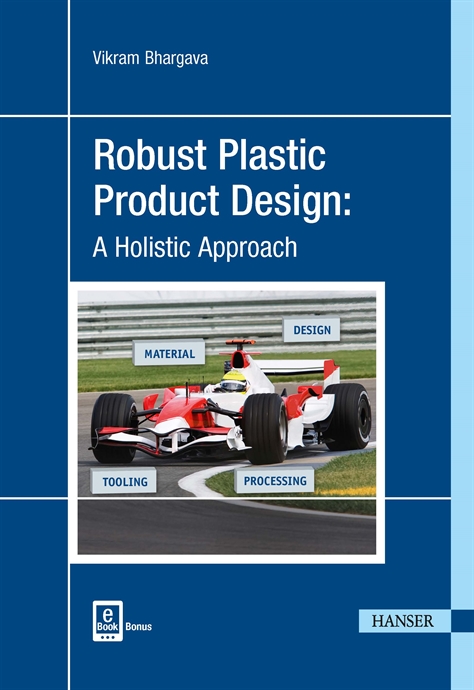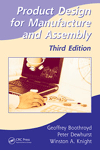The motions for most assembly operations are measured in centimeters or millimeters. As such, it's not hard to find an actuator to match the application. But, when the application calls for moves measured in microns or nanometers, engineers have fewer options. Microsteppers and servomotors can make such moves, but are not always able to meet requirements for size, weight or responsiveness. Moreover, some applications cannot be subjected to electromagnetic fields associated with motors. In those cases, piezoelectric actuators are an alternative.
Piezoelectric actuators are used in myriad applications. The devices are used to assemble photonic components, test the tensile strength of filaments, and position semiconductor wafers for surface metrology. They're also used to direct cutting tools on precision lathes, position mirrors in microscopes, and steer the control surfaces of missiles. Piezoelectric actuators can even be found on the International Space Station, where they check the effectiveness of vibration-isolation mounts for scientific instruments.
The heart of these actuators is a ceramic that expands or contracts when electric current is passed through it. Piezoelectric actuators consist of thin layers of this material electrically connected in parallel. The total displacement of the actuator is the sum of the displacements of each layer. "The total displacement is typically one-thousandth of the actuator's length," says Stefan Vorndran, marketing and communications manager with Polytec PT Inc. (Auburn, MA). "So if you have a 1-inch stack, the displacement would be 0.001 inch."
Because the motion of piezoelectric actuators is based on molecular effects, there is no "stick-slip" effect, says Vorndran. Actuation times are measured in microseconds, and accelerations of more than 10,000 g are possible.
The most common piezoelectric actuator is a simple stack of ceramic layers, says Vorndran. The stack is usually encased with metal. The case may also contain springs to compress the ceramic, which allows both push and pull operation. These actuators are available with travels of up to 200 microns.
Piezoelectric actuators can be operated in open- and closed-loop modes. Open-loop mode is used when absolute position accuracy is not critical. It's also used if the position is controlled by data outside of the motion control system. For example, light intensity is often used for feedback when aligning optical fibers.
"Because of hysteresis, there will be a 5 percent to 15 percent difference in the position of a piezoelectric actuator at any given voltage in open-loop operation," warns Murray Johns, vice president of operations at Dynamic Structures and Material LLC (Franklin, TN). "So at 100 volts, the actuator might move 90 microns going out and 85 microns coming back. If that's a problem, closed-loop control is required."
In closed-loop operation, piezoelectric actuators can provide subnanometer resolution and stability, he says. Various sensors can be used for feedback, including strain gauges, capacitive probes and eddy current sensors.
When straight motion is needed and only nanometer deviation from the ideal trajectory can be tolerated, a piezoelectric actuator can be integrated into a flexure stage. These stages are typically made from aluminum, titanium or stainless steel. Wire electrical discharge machining is used to cut gaps in the metal, creating a system of flexible hinges and levers without separating the stage into two or more pieces. The levers can amplify the travel length of an actuator to as much as 2 millimeters. By combining stages, engineers can control motion in X, Y and other axes.
To increase travel distances even further, piezoelectric actuators can be integrated with other motion control devices. For example, a microstepper can be used for macroscopic motion, while the piezoelectric actuator handles microscopic motion.


